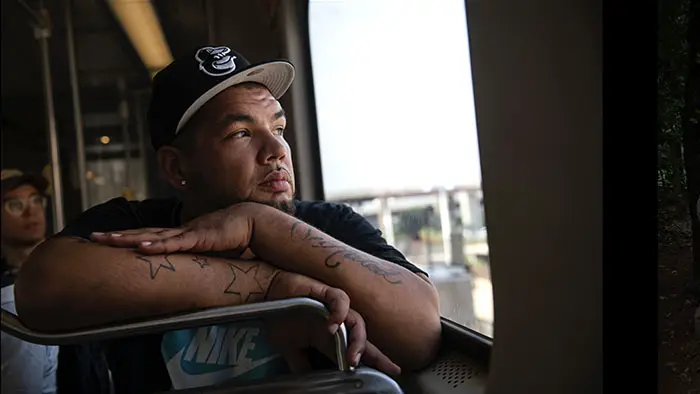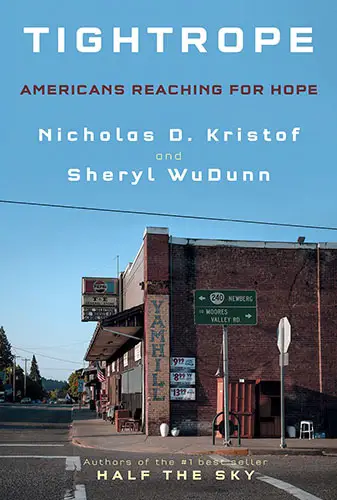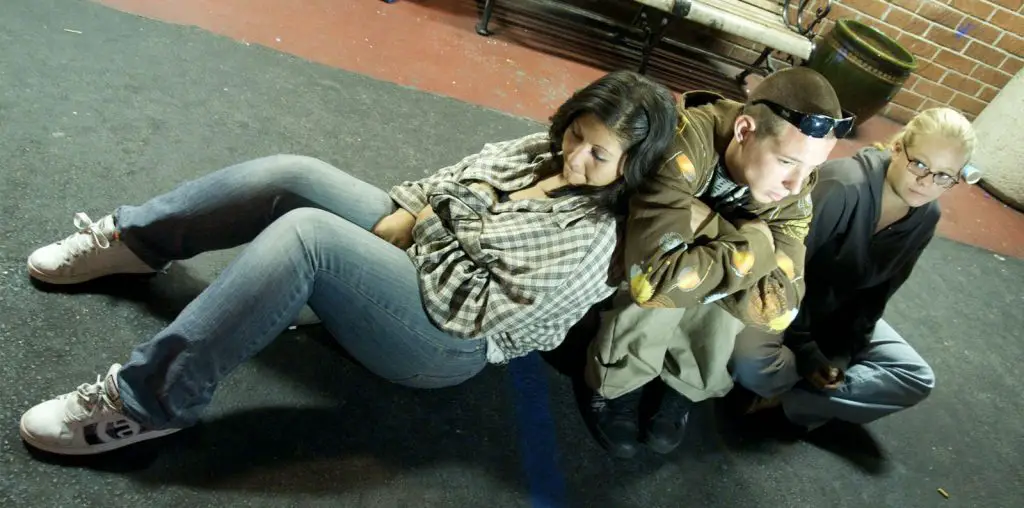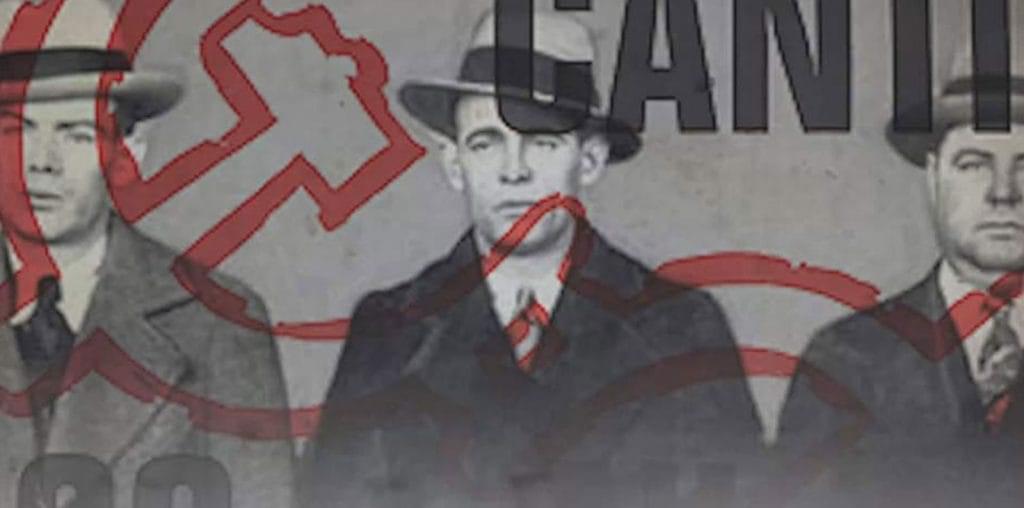
Journalists Nicholas Kristof and Sheryl WuDunn, who have been married since 1988, get very personal in Viva Van Loock’s Tightrope: Americans Reaching For Hope. The germ of the documentary’s idea began when Kristof, “the moral conscience of journalism,” realized that 25% of his childhood friends from school in Yamhill, Oregon, have died from drug abuse, suicide, or reckless acts derived from seemingly hopeless situations. Kristof wants to know how his friends fell through the cracks of society and how many more people these issues affect.
So, he travels the country interviewing people who were addicted to drugs and are attempting to stay clean, folks living in hotels despite having a job, and social workers/concerned citizens who wish to help those in need. With these interviews of people from all over and in every situation, the movie finally becomes engrossing.
Tightrope‘s opening sets the stage well, offering the somber, reflective tone of the movie. But after those first few minutes, with the emphasis on Kristof’s school pals and neighbors, the film feels dry. Maybe it is because the journalist already knows these people so well? Or it could be that the focus was initially just here, but during production, it grew as they realized how many people are affected, essentially muting this place? Maybe it’s the lack of history of Yamhill’s shuttered factories and farms? No matter the cause, the small town of Kristof’s childhood is hard to invest in.

“…interviewing people who were addicted to drugs and are attempting to stay clean…”
Plus, much to my frustration, despite initial hints (seeming unintentional), Loock never dispels the idea behind the abhorrent phrase, “pull yourself up by the bootstraps.” With origins dating back to 1834, the term was never intended to be an aspirational ideal or to describe a self-starter. No, the idiom is literally describing an impossible task. Essentially, it was initially used to proclaim that its intended target was spinning tall tales. The meaning only changed because of stupid people misunderstanding and misusing it.
As Tightrope highlights, given the careful and methodical research of policies and their effect on citizens since the early 1900s, it stands out as an egregious error that this is not also taken a peg down or two…especially because the phrase is directly used with a teacher. While the teacher answers nicely, it would have been amazing to see the filmmaker explain why that way of thinking is ruinous to a person’s life since helping the disadvantaged is the entire point.
Slow start and idiotic phrases aside, once the film introduces the son of a deceased friend of Kristof’s, and the journalists go all over the country to interview people, it becomes a wake-up call. Loock shoots the movie in a very traditional, interviewer-interviewee talking heads style. That does allow the focus to be on the power of the stories being told, getting the audience to empathize with and wish to help everyone featured.
Tightrope: Americans Reaching For Hope is, at nearly two hours, a bit too long, and some of the more subtle ideas present in American society that keep people down are not explored enough. But, the people brave enough to come onto camera and tell their stories of hardships are compelling, as are the ways communities and social workers are trying to help. If you are one of these people, then this movie lets you know you are not alone. If you have been impacted by a death from drugs or suicide, this movie lets you know you are not alone. Even with its flaws, that alone is a reason to watch.

"…does allow the focus to be on the power of the stories being told..."


